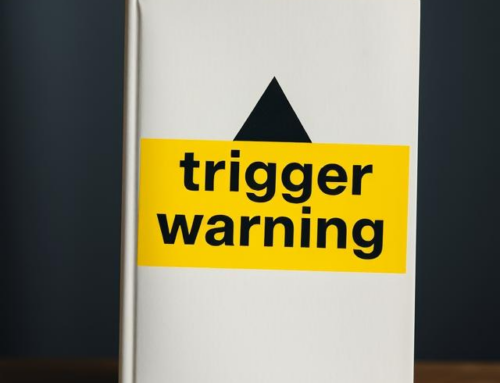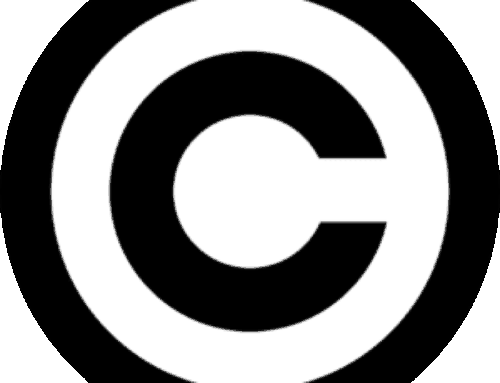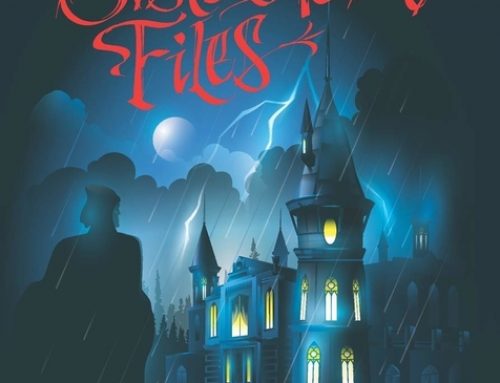In the last month or so I started researching the controversy over the sale of the eBook A Tale of Two Cities by Charles Dickens and Amazon pulling a copy with a price from its store and substituting their own free copy. I was curious about the rendering of the replaced book and whether the author had actually added value to the eBook.
I was struck by the parallel of the Dickens novel and the struggle between the French peasants and the aristocrats and the current book industry. Dickens’s initial paragraph reads like he is writing a blog on the current book industry and the struggle between the traditional author/publisher and the eBook author/self-publisher.
His quote: “It was the best of times, it was the worst of times, it was the age of wisdom, it was the age of foolishness, it was the epoch of belief, it was the epoch of incredulity. . . .”
That says it all.
Content
Like all my fellow bloggers, this one is easy. Content is king. Editing, proofreading and spell-checking are common ground for both situations. We start to see the difference with book covers. The paper book’s full color covers with their professional artwork are designed to attract the reader and create an impulse buy.
The eBook thumbnail is more of a readability challenge than a sales tool. Of course, full color separates the two author/publishers now but eBook color will be the standard soon.
Publishing Process
This is where the two authors start conflicting dramatically. The traditional author usually has an agent and submits a multitude of book proposals to various publishers. After sometimes many rejections, the author gets a publisher to sign on to his book. The publisher then takes control of the project and they become the aristocrat in this scenario. They take control of the author and the process.
In contrast, the eBook author, the self-pub author if you will, has no proposal to shop just the eBook to publish. The indie author controls the process including the price.
Production
The paper version starts through the typesetting and printing process. After many months, usually at least 12 months, the book is ready for market. Then the publisher can start to create a digital version. If they are smart they don’t have to go through the scan and OCR drill by using the digital source supplied by the author. Creating a backlist eBook from paper is an entirely different story. The editing of the new OCR product must be completely redone.
The eBook author produces his book, along with the appropriate formatting, to go directly to an eBook platform, including rendering and enhancing. The production costs are much less thus the profit is greater.
Selling the Book
Here is where the aristocratic publisher seeks reviews, distributes to bookstores and sets the price. And to top that, the author has to provide most of the marketing support while the publisher concentrates on his mainstream books that have the largest sales potential.
The eBook author is his own publisher with complete marketing and pricing control. He has no middlemen and usually no agent. He has a target market and maybe a niche market. The reader can view samples, see online reviews and make the buy decision right now.
Get the Book to the Reader
The paper book goes through distribution and warehousing and eventually to your favorite bookstore where readers browse and buy. The traditional author is at the mercy of a shelf space problem. The paper book shelf life can be measured in weeks and then the publisher takes the returns and moves the title to a backlist.
The eBook author has one upped the aristocratic author/publisher. He provides the reader with the ability for immediate purchase and download. The convenience of the purchase is a key advantage. There is no shelf space problem. His eBook can be available forever for the reader.
Payday
The traditional author’s payday is where Dickens’s forecasts the worst of times. If the book sells, the author’s royalties will be a small percent of the publisher’s set price. The odds of success are against the traditional author.
The eBook author royalties are greater with no shelf life and no backlist to get in his way. Granted the books must sell in both situations.
Conclusion
The real struggle is with the author himself. Does he continue to go only with the system or does he revolt and go digital? The opportunity is straight ahead of him. There are no sure things or cinches in this business but it could end with a happy ending by going digital.
The question to ask: Was Dickens forecasting the current state of the book publishing industry and the plight of the author or commenting on the revolution between the French peasants and the aristocrats?
I should end this blog with another quote from A Tale of Two Cities.
“It is possible – that it may not come during our lives … We shall not see the triumph [but] we shall have helped it.”
To read more about eBook rendering check out my blog: eBook Author: Rendering your eBooks
What do you think? Is the analogy a valid one? Give me your comments.
Get an Editorial Review | Get Amazon Sales & Reviews | Get Edited | Get Beta Readers | Enter the SPR Book Awards | Other Marketing Services






















James, I think your analogy is great. And when it comes down to peasants versus aristocrats, this boy who grew up on a farm will side with the peasants every time.
thanks for the comment. we can overcome this because we have control. we may need some help along the way with some of the things we don’t do well like editing, cover design, etc. but an author will be free to write and publish whatever he wants (with certain restrictions) and people will be able to read it for years.
Just one little question. I agree with everything you say. Are you advocating forgetting the paper version entirely? Obviously, we’re talking much less expense for the author by going entirely digital, not to mention that it’s green.
I am still a believer in our traditional publishing methods but if you’re an author who is caught between a rock and a hard place and can’t get your work published because there is a small market for your book or some other reason besides quality you should go the e-publish route. If you would ask me this same question in two years my answer may be entirely different.
I read an ebook the other day because I was interested in the genre. It probably hasn’t sold many copies but I got to read it because it was an ebook. Good question Robert.
One thing many authors don’t realize is that publishing your book as an Ebook can open you up to a much larger marketplace – namely, international readers. Many folks outside your native country are going to be unwilling to pay for expensive shipping (of your self-published print book) to their part of the world.
I’ve been very pleased to find my Ebooks read by people from so many parts of the world. I definitely make more from my Ebooks at this point for just this reason. I encourage everybody to think in terms of a world market for their work, which can be HUGE.
thanks for the comment. good point. we need to consider our international readers in everything we do. with all the things confronting the indie author, this is another thing they must consider.